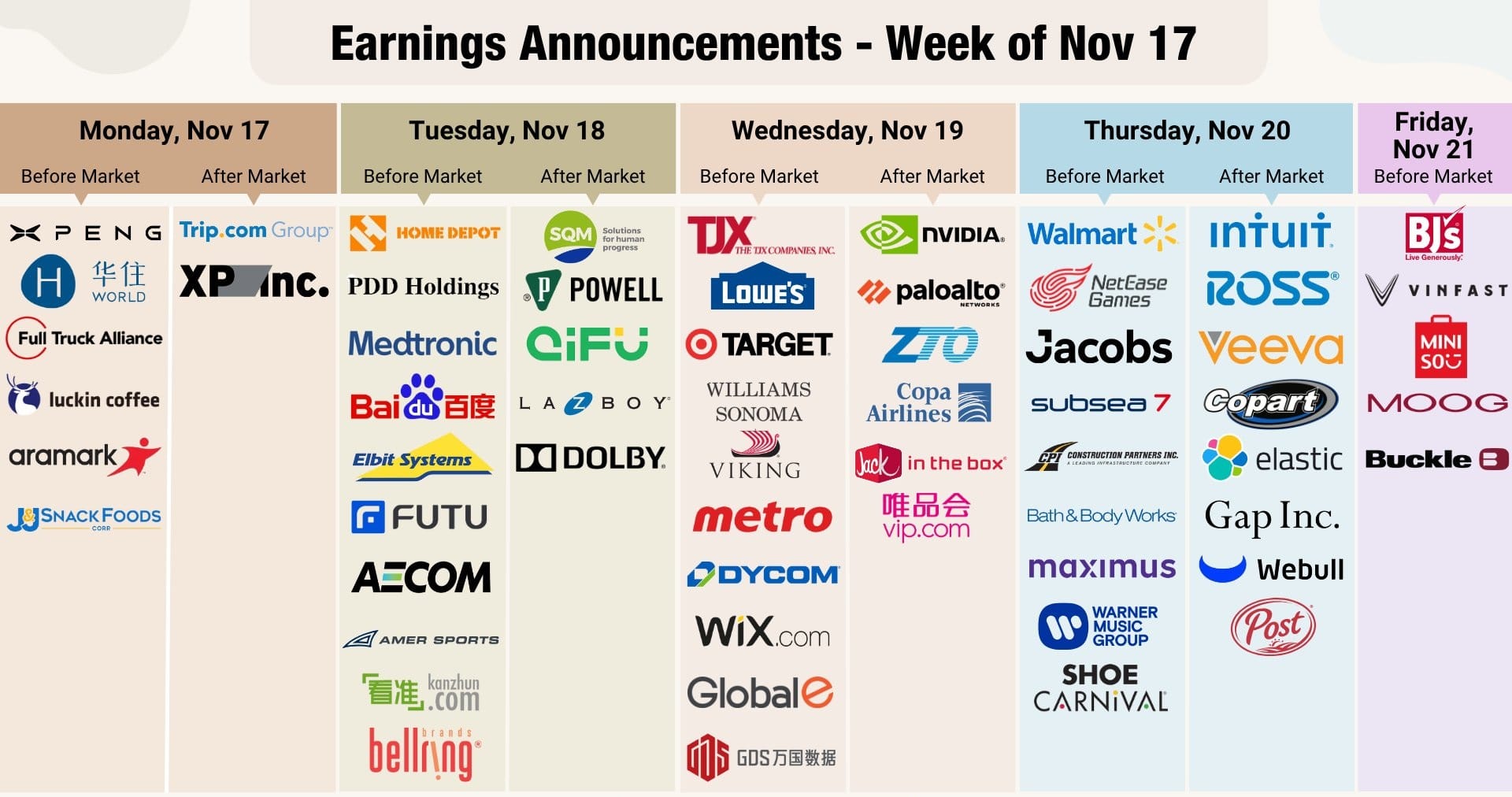Introduction: The Pulse of Financial Markets
In the intricate dance of financial markets, contradiction often reveals truth. Record equity highs coexist with political stalemates, Treasury yields fluctuate despite policy uncertainty, and currencies weaken even as opportunity rises. These paradoxes illustrate a deeper reality — an economy at an inflection point. Every earnings report, policy statement, and geopolitical move weaves into a vast economic tapestry where policy, power, and perception meet.
As the economy recalibrates, investors and policymakers are navigating crosscurrents defined by transformation — in technology, trade, and trust. This article explores the shifting undercurrents shaping market behavior, analyzing how monetary policy, investor sentiment, and institutional power converge to define the future of capital.
I. Market Mechanics: The Anatomy of Movement
Equity Markets — Resilience Meets Caution
The story of financial markets begins where optimism meets realism. Equity indices like the Dow Jones and S&P 500 continue to touch record highs, fueled by expectations of easing from the Federal Reserve policy and a resilient corporate sector. The Dow’s 0.51% climb to 46,758.28 and the S&P 500’s subtle rise show an undercurrent of confidence — investors betting that rate cuts will provide a safety net.
Yet, the Nasdaq’s mild decline of 0.28% signals selective caution. Growth-heavy tech stocks are experiencing recalibration as valuations stretch and competition in artificial intelligence intensifies. The market trends reveal a nuanced rotation — capital moving from high-growth sectors into value and dividend plays as investors seek balance between innovation and income.

Canada’s S&P/TSX Composite Index offers a parallel narrative. Rising 1.03%, its tech and energy sectors show the dual forces of digital expansion and resource demand. Firms like Shopify lead gains, while energy producers enjoy tailwinds from stable commodity prices. This mix of old and new economy strength illustrates how financial markets adapt across borders.
Fixed Income — The Quiet Anxiety
Treasury yields present a paradox. They edge higher despite widespread expectations of rate cuts. The 10-year yield’s move to 4.12% signals both skepticism and hesitation. Traders are flying blind amid delayed government data — a reminder that investor sentiment often fills the void left by missing information.
With uncertainty surrounding fiscal operations, markets are driven more by private data and perception than by fundamentals. This lack of visibility increases volatility, creating a “thin air” environment where conviction is scarce.
Currency Movements — A Dollar in Transition
The U.S. dollar’s retreat of 0.14% reflects waning momentum rather than panic. As the economic outlook blurs, traders reassess exposure to risk assets. The euro and pound gain modestly, while the Canadian dollar benefits from its energy-driven resilience.
The subdued foreign exchange environment signals consolidation — a pause before policymakers and investors alike chart their next moves in the evolving global economy.
II. The Central Bank Crossroads: Navigating Without a Compass
The Federal Reserve policy stands at the center of the storm. The shutdown-induced data drought forces policymakers to act without full visibility. Employment data delays distort labor signals, complicating the rate decision process.
The Dilemma of Data
With the Bureau of Labor Statistics offline, the Fed’s traditional compass is broken. Policymakers must interpret private indicators and anecdotal evidence. This amplifies the risk of policy error — tightening too far or easing too soon. In such an environment, caution becomes policy.
Fed officials, from Governors Bowman and Barr to Presidents Bostic and Kashkari, emphasize patience. Their speeches reveal a tone of guarded optimism but also an awareness that financial markets are hypersensitive to every word. The September FOMC minutes, when released, will provide critical context for future rate direction.
Global Implications
Every shift in Federal Reserve policy reverberates across borders. Anticipated U.S. rate cuts lower hedging costs, making American assets more attractive. Capital inflows strengthen U.S. equities, while emerging markets face renewed volatility as carry trades adjust.
This interconnectedness underscores a central truth — modern financial markets no longer move in isolation. Policy in Washington can echo in Toronto, Tokyo, or Frankfurt within hours.
III. Corporate Currents: Profit, Power, and Perception
Behind the macro headlines lies the corporate reality — a theatre where innovation, disruption, and strategy collide.
Consumer & Industrial Shifts
Companies like Constellation Brands and PepsiCo reflect consumer resilience. Earnings suggest households are still spending, albeit selectively. The economy shows endurance, even amid inflation pressures, as firms leverage brand strength to sustain pricing power.
Meanwhile, manufacturers such as Jabil and Celestica face headwinds from supply chain costs and component shortages, revealing that the post-pandemic recovery is uneven.
The Technology Frontier
The market trends in technology define a new industrial revolution. Data infrastructure, AI computation, and cybersecurity are now strategic assets. Deals like BlackRock’s rumored $40 billion acquisition of Aligned Data Centers highlight how investors are positioning for an AI-powered decade.
However, this growth invites scrutiny. Defense tech firms like Anduril and Palantir face government criticism for security flaws, underscoring the tension between private innovation and public oversight.
Corporate Governance & Consolidation
The Microsoft–Activision fallout, Chevron’s divestitures, and Spirit Airlines’ restructuring reveal evolving corporate priorities: efficiency, accountability, and adaptability. Investors reward leaner balance sheets and disciplined capital allocation — core elements of modern investor sentiment.
IV. Politics and Markets: The Fault Lines of Power
The economy and politics are inseparable. The government shutdown, now stretching into its third day, exemplifies how policy paralysis reverberates through financial markets.
The Economic Toll of Stalemate
Every missed report, every furloughed worker chips away at transparency. Investors rely on public data to anchor decisions; without it, uncertainty grows. Volatility becomes the default.
Political maneuvering further complicates market forecasting. Fiscal tools are increasingly weaponized — funding freezes, targeted tariffs, and selective subsidies alter competitive landscapes overnight.
Trade and Industry Realignment
Recent trade developments show pragmatism replacing protectionism. Proposed tariff relief for automakers signals a strategic pivot toward domestic manufacturing incentives. Meanwhile, farmers and exporters continue to struggle under trade realignments, seeking new markets as traditional partners retreat.
Such policy experimentation underscores a broader shift — from ideology to industrial strategy — as nations recalibrate economic sovereignty within integrated financial markets.

V. Commodities and Resources: Old Power Meets New Purpose
Oil, Gold, and Beyond
Commodity markets remain the heartbeat of the economy. Crude oil stabilizes near $60 a barrel, balancing OPEC+ supply decisions against global demand concerns. Gold’s ascent toward $4,000 per ounce underscores fear-driven hedging amid policy uncertainty.
Industrial metals, especially copper, surge as infrastructure and renewable projects gain momentum. The material economy is regaining strategic relevance — not just as an inflation hedge, but as a barometer of technological transition.
Strategic Minerals and National Interest
The rise of USA Rare Earth demonstrates how financial markets price geopolitical risk. Investors now treat mineral independence as a national security issue, with implications spanning from electric vehicles to defense systems.
Resource nationalism is no longer an emerging-market issue; it’s a Western strategy. Capital and policy converge in pursuit of energy and material security.
VI. The Canadian Perspective: Echoes Across the Border
Canada’s economy reflects both resilience and fragility. While the TSX thrives on commodity gains, domestic data signals moderation. The S&P Global Canada Services PMI at 46.3 reveals contraction — a warning of cooling demand.
The Bank of Canada faces a dilemma akin to the Fed’s: ease too quickly and risk inflation’s return, or hold too long and deepen slowdown. The housing market’s mixed signals — rising sales but falling prices — encapsulate the uncertainty threading through North American financial markets.
VII. The Week Ahead: Navigating the Unseen
With government operations constrained, the calendar for economic data is fluid. Traders will rely on private datasets and corporate earnings to gauge sentiment. McCormick, PepsiCo, Delta, and Levi Strauss headline the week’s reports — offering microcosmic views of consumer health, supply chain resilience, and pricing power.
Simultaneously, Fed commentary will dominate headlines. Every statement will be parsed for nuance, reinforcing how psychology and policy interplay in shaping market trends.
VIII. The New Investor Mindset: Adaptation as Advantage
The post-pandemic decade has reshaped investor sentiment. Where once speed defined success, resilience now rules. Investors seek sustainability, clarity, and diversification — balancing equity optimism with bond discipline.
This shift marks a maturation of financial markets. Data is no longer the sole determinant of direction; trust, transparency, and adaptability drive valuation.
Artificial intelligence, renewable energy, and decentralized finance add new dimensions to the economic outlook. Yet, amid innovation, the fundamentals endure: policy credibility, earnings growth, and disciplined capital remain timeless indicators.

IX. Conclusion: Reading the Currents Ahead
The current landscape of financial markets is one of paradox — strength amid fragility, optimism shadowed by caution. Political stalemates and data voids test investor patience, but they also reveal enduring adaptability.
Equity resilience reflects faith not only in the Federal Reserve policy but in the underlying productivity of the economy itself. Commodities, currencies, and corporate strategy each tell the same story: transition, not turmoil.
To navigate these crosscurrents, investors must look beyond volatility to identify enduring market trends — those driven by technology, policy evolution, and behavioral shifts in investor sentiment.
In a world where power, policy, and perception intertwine, insight becomes the ultimate asset. The fog may persist, but those who interpret its patterns will lead the next chapter of the financial markets story.












